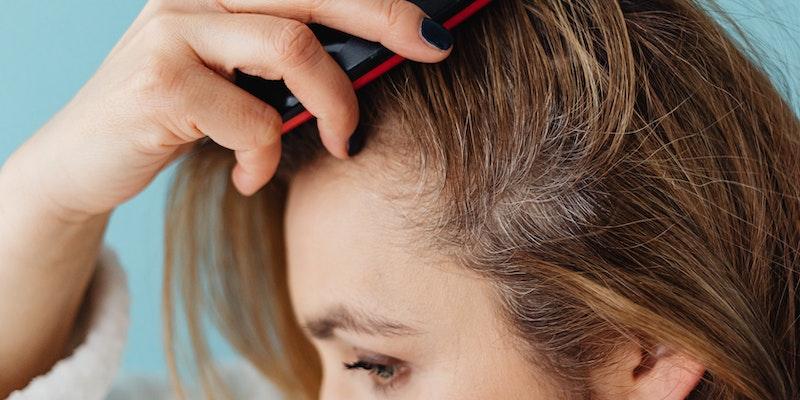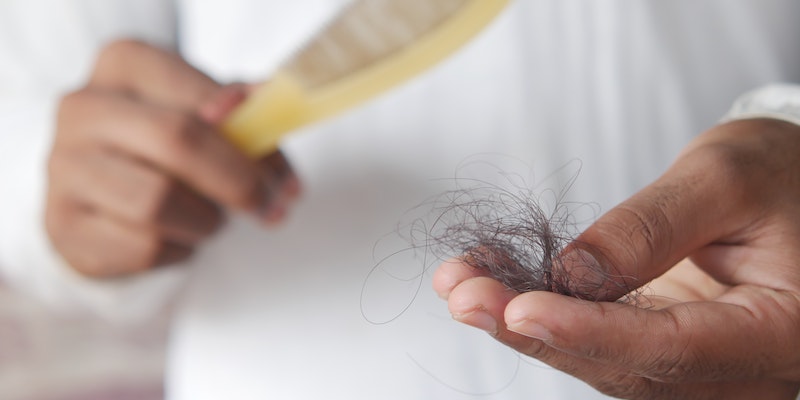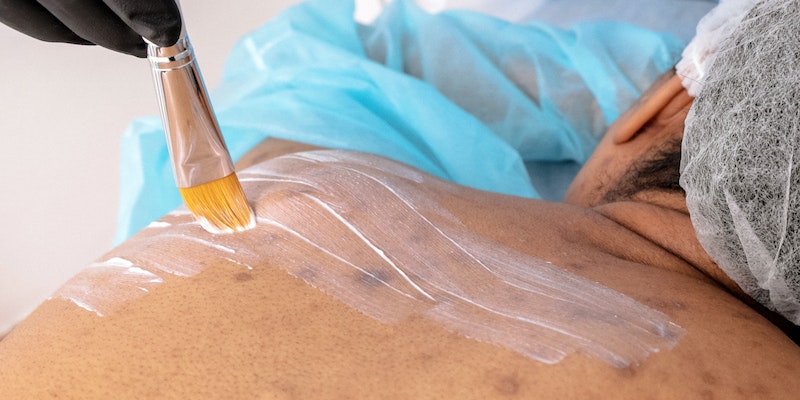Recognizing the Signs and Symptoms of Alopecia
Oct 02, 2023
Alopecia affects millions worldwide. The key to early detection and treatment is understanding symptoms. This article is informative and professional about Alopecia's causes, types, and cures for healthcare professionals and the public.
The Prevalence of Alopecia
Alopecia affects more people than one might think, having various degrees and varieties worldwide. The Awareness of its prevalence helps promote proactive hair health and manage alopecia symptoms quickly. The statistical, demographical, and societal majorities are given below:
The American Academy of Dermatology estimates 80 million Americans have hereditary hair loss. This prevalent occurrence emphasizes the need to understand Alopecia's kinds and symptoms.
Alopecia does not discriminate based on age or gender, impacting a diverse demographic spectrum. Children, adults, and older people alike can exhibit symptoms of Alopecia, making it imperative for individuals and healthcare practitioners to remain vigilant and informed.
High alopecia prevalence can affect society. Comprehensive care and assistance are needed because the illness commonly causes psychological suffering and lowers the quality of life.
Identifying Signs and Symptoms

First, recognize Alopecia's onset for successful care. Knowing the signs and symptoms of Alopecia can help people get medical help.
Sudden Hair Loosening
One of the hallmark signs of Alopecia is sudden hair loosening. This phenomenon can be alarming, as hair may come out in handfuls during routine activities such as washing or combing, ultimately leading to noticeable thinning.
Gradual Thinning and Receding
Gradual thinning is a common manifestation, particularly evident in the receding hairlines in men and widening parts in women. This form of hair loss is often subtle, necessitating a keen eye to detect the early symptoms of Alopecia and seek appropriate care.
Patchy Bald Spots – A Signature of Alopecia Areata
Patchy bald spots are characteristic of alopecia areata. Individuals experiencing this type of Alopecia often notice small, coin-sized patches of hair loss on the scalp, beard, or eyebrows. Early identification of these spots is essential in addressing Alopecia areata symptoms and initiating suitable treatment strategies.
Full-Body Hair Loss
Full-body hair loss is a severe alopecia, often induced by medical treatments or underlying health conditions. Loss of hair across the body, including eyelashes and nose hair, alters appearance and elevates the risk of infections.
Diverse Causes Behind Alopecia

Understanding the multifactorial origins of Alopecia is fundamental for healthcare providers and patients alike. Unraveling the web of causes can help tailor interventions and manage expectations, emphasizing the role of knowledge in tackling hair loss.
Medical Treatments and Medications
Medical treatments like chemotherapy and radiation can cause hair loss. Alopecia can also result in drugs for high blood pressure, depression, and arthritis. Hair growth usually restarts after treatment or medication modification.
Underlying Health Conditions
Different health issues can cause Alopecia. Thyroid disorders, anemia, lupus, pregnancy, and menopause hormones can contribute. Recognizing these conditions as potential culprits is crucial for addressing Alopecia at its roots.
Nutritional Deficiencies
The body's nutritional intake plays a pivotal role in hair health. Insufficient protein, vitamin D, and iron levels can lead to hair loss, underscoring the importance of a balanced diet in preventing symptoms of Alopecia.
Genetic Factors
Androgenetic Alopecia, or hereditary hair loss, is a prevalent alopecia passed through familial genes. Awareness of family history can provide valuable insights into the risk of developing this type of Alopecia.
Comprehensive Treatment Approaches
Effectively addressing Alopecia necessitates a diverse arsenal of treatment strategies tailored to the individual's needs and the underlying cause. A multifaceted approach ensures that treatment is not just about addressing hair loss but also about enhancing overall well-being.
Nonsurgical Interventions
Many nonsurgical treatments for Alopecia exist. Minoxidil and Finasteride slow hair loss and promote growth. Additionally, corticosteroids can address inflammation resulting from autoimmune disorders like alopecia areata.
Surgical Options
Surgical procedures like hair transplantation and scalp reduction can be considered for those seeking more permanent solutions. These procedures aim to redistribute hair follicles from densely populated areas to balding spots, offering a long-term resolution.
Personalized Care
The diverse nature of Alopecia and the individuality of each patient necessitate personalized care. A thorough evaluation by healthcare professionals ensures that the chosen treatment aligns with the type of Alopecia and individual needs.
The Importance of Early Detection
Early detection is the cornerstone of effectively managing Alopecia. Early detection also helps in early treatment and medication, which causes the disease to slow down and not spread quickly. Being vigilant about the initial symptoms of Alopecia and seeking timely professional advice can significantly influence treatment outcomes and quality of life.
Recognizing Alopecia Areata Symptoms
Early identification of alopecia areata symptoms, such as patchy hair loss, is essential for initiating timely intervention. Awareness and prompt action can prevent progression and alleviate the psychological impact of this type of Alopecia.
Regular Monitoring and Self-Examination
Regular scalp examinations and monitoring hair density can aid in detecting gradual thinning or receding hairlines. Proactive measures like these are instrumental in identifying the early symptoms of Alopecia and seeking prompt treatment.
Consultation with Healthcare Providers
Upon noticing any signs of hair loss, consulting with a healthcare provider, especially a dermatologist, becomes imperative. A professional assessment can help determine the type of Alopecia, underlying causes, and suitable treatment options.
Advancements in Alopecia Care
Innovative technologies like scalp cooling have emerged, minimizing hair loss during chemotherapy. Additionally, multidisciplinary teams encompassing dermatologists, endocrinologists, and rheumatologists collaborate to offer personalized care, addressing underlying conditions contributing to hair loss.
The Emotional Aspect and Support
Coping with hair loss can be emotionally taxing. Institutions like Waterford Place Cancer Resource Center provide invaluable support, offering classes and resources to manage hair changes due to treatments, focusing on wigs, head coverings, hair regrowth, and safe products.
Conclusion
With its diverse manifestations and causes, Alopecia necessitates Awareness and timely intervention. Recognizing the signs and symptoms is crucial for optimal management and mitigating the emotional impact. Advancements in treatment and support systems offer hope and assistance to those grappling with this condition, fostering a comprehensive approach to alopecia care.





